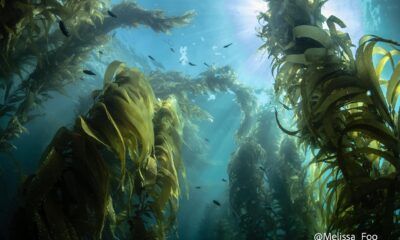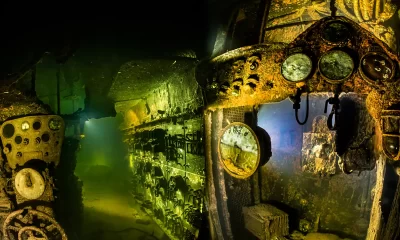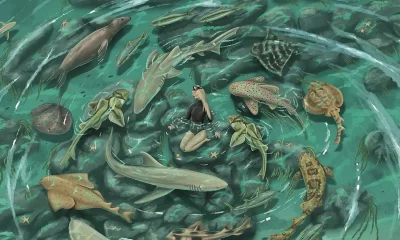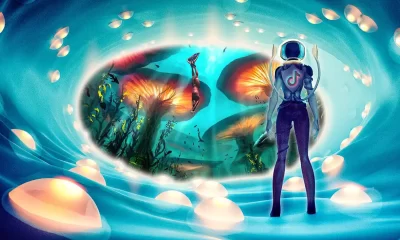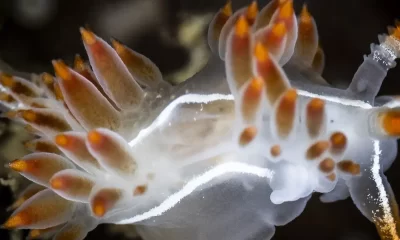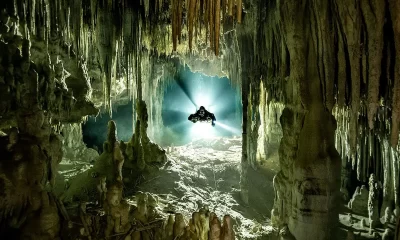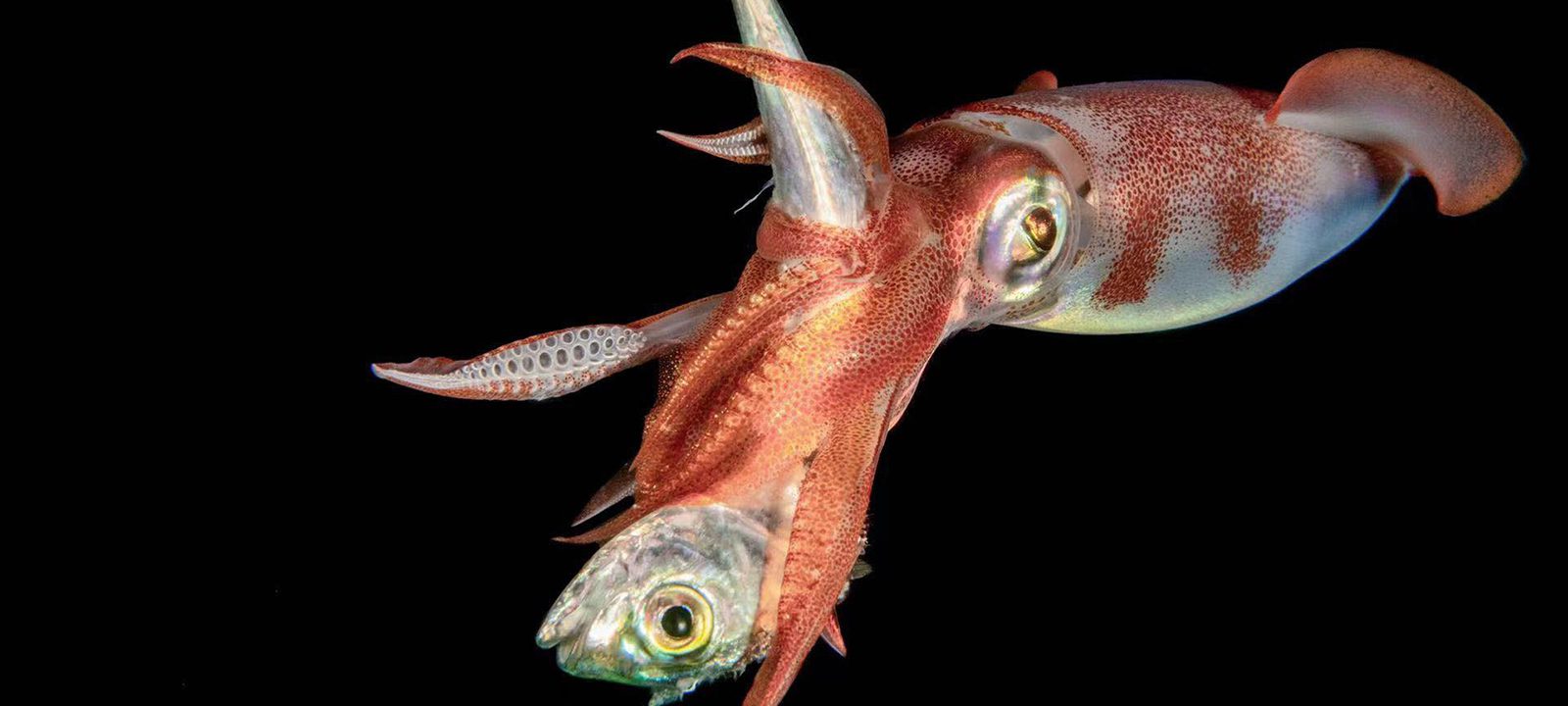
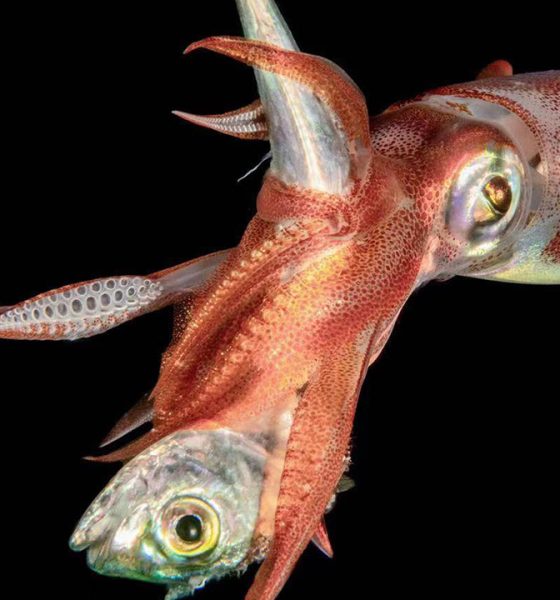
Art
YOWIE WOWIE!
Internationally acclaimed Chinese wildlife photographer Singda Cai, aka WOWIE in Tagalog, knows how to put the WOW into Blackwater photo making.
Photos and text by Singda Cai. Special thanks to Fan Ping for his help connecting with Wowie.
🎶🎶 Pre-dive Clicklist: Daniel Powter – Free Loop
“It was 2016 when we first tried Blackwater photography. It less than 300 meters (nearly 100 ft) away from the shore. Our first attempt has to be categorized as a failure, I’m afraid. The wind and the current were strong, and we made a mistake by tying our underwater light to the ship and chased it for an hour. We didn’t capture any photos; it was a bad experience.”
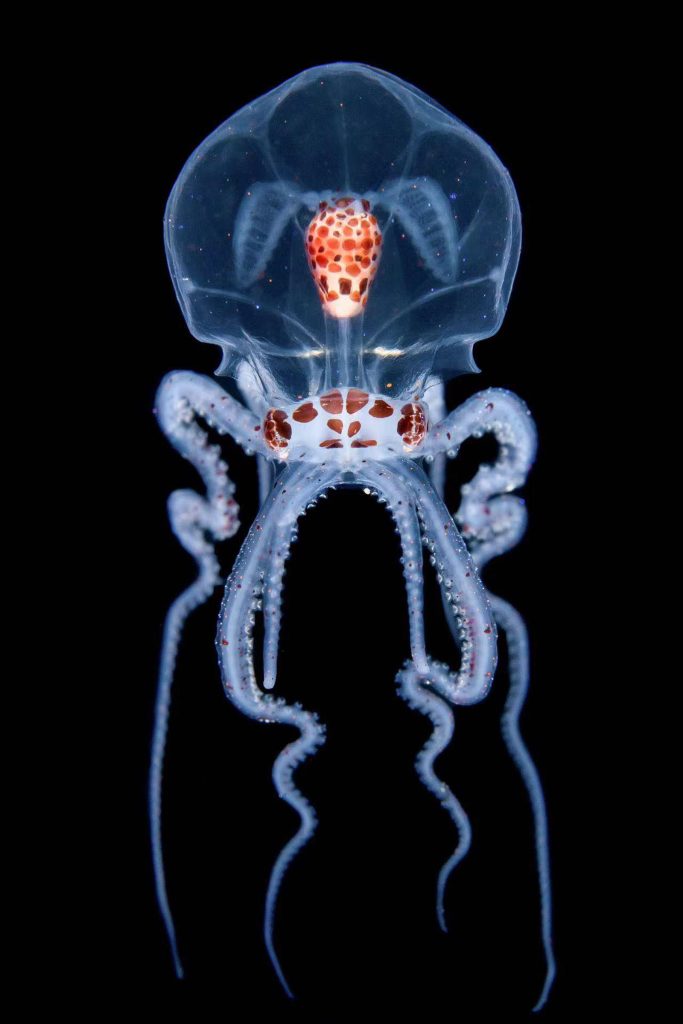
“Blackwater photography compared to underwater photography is like shooting a shark on shore versus chasing a whale in blue water. Because Blackwater is taken only at night, my team and I worked for more than three years to film many rare species, such as Blanket Octopus and Earthquake fish, and other deep sea creatures, for example. I am the only photographer, and I use three cameras, a Nikon d850 and two Nikon z7s, which are installed in waterproof housing by Seacam.”
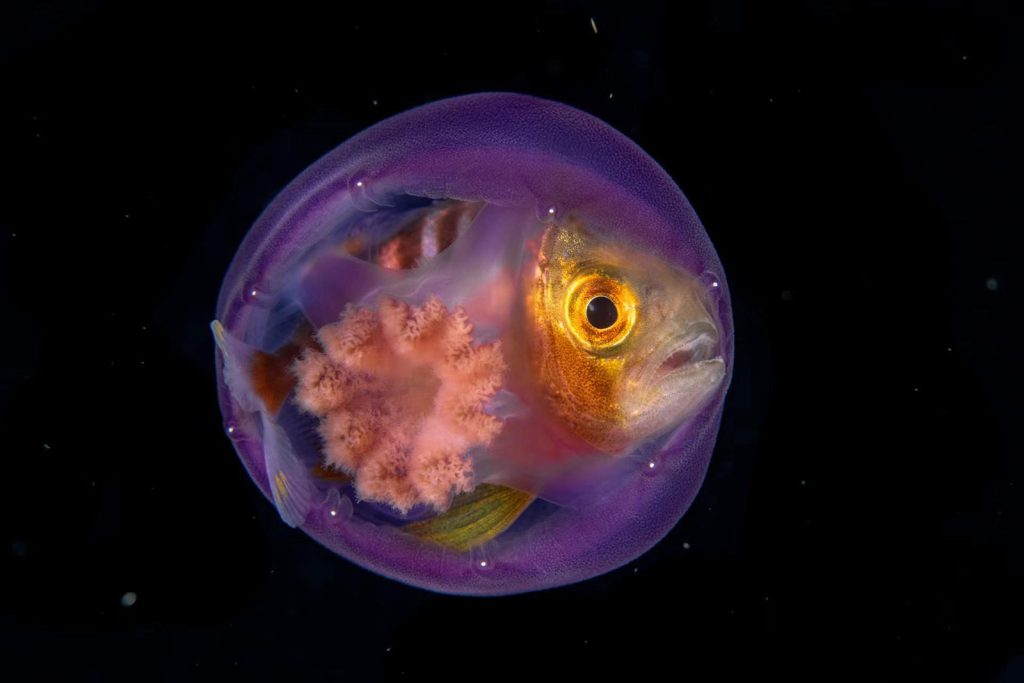
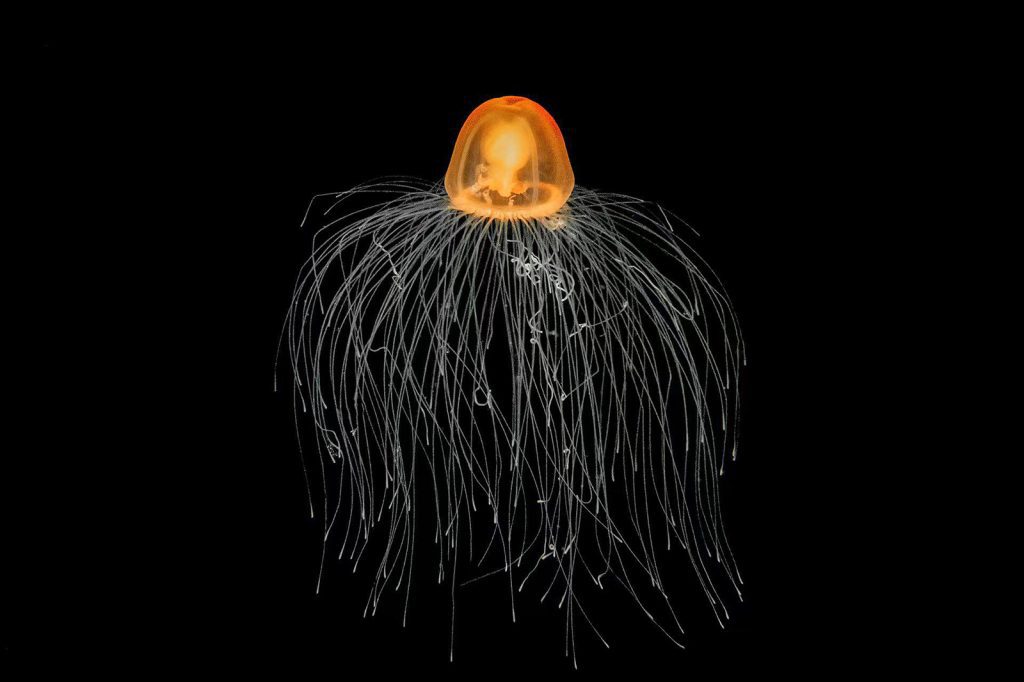
“The team consists of a captain, a captain’s assistant, and two underwater guides. The guides are responsible for helping to locate both the marine life and the safety facilities. We all use nitrox double tanks, and dive for no more than 90 minutes per dive, two to three dives per night, and no more than 30 m/100 ft depth per dive.”
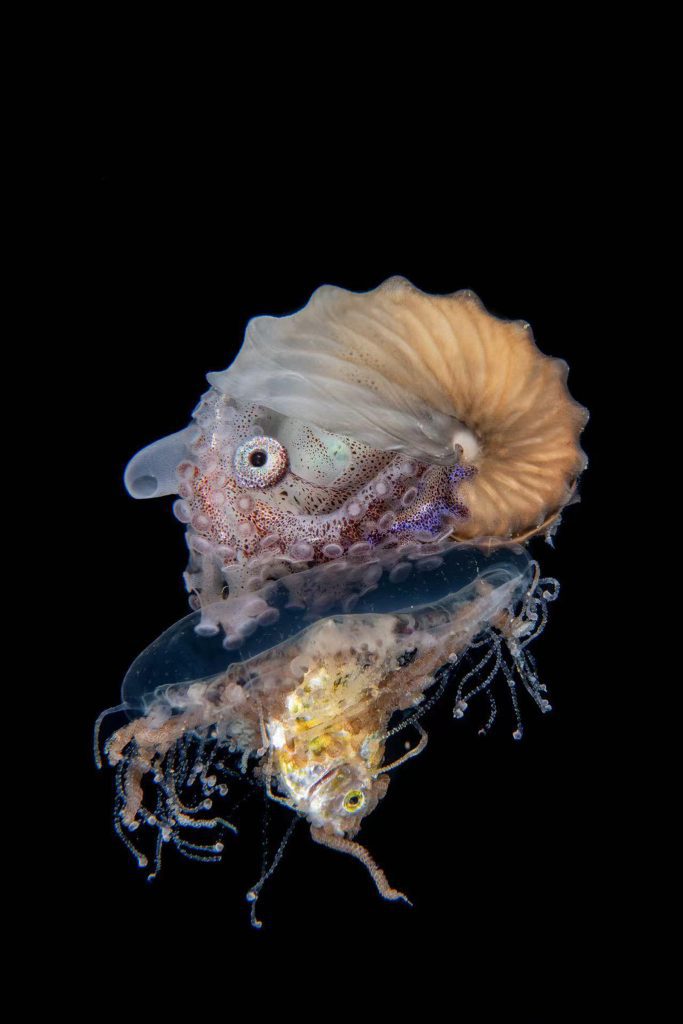
“I began underwater photography in the Philippines, Anilao, a small town and a natural paradise with rich marine species. When I started Blackwater photography, only one or two people there had any experience with it. I decided to find good partners and form my own team. Of course we made mistakes at first, but we developed methods that worked for us.”
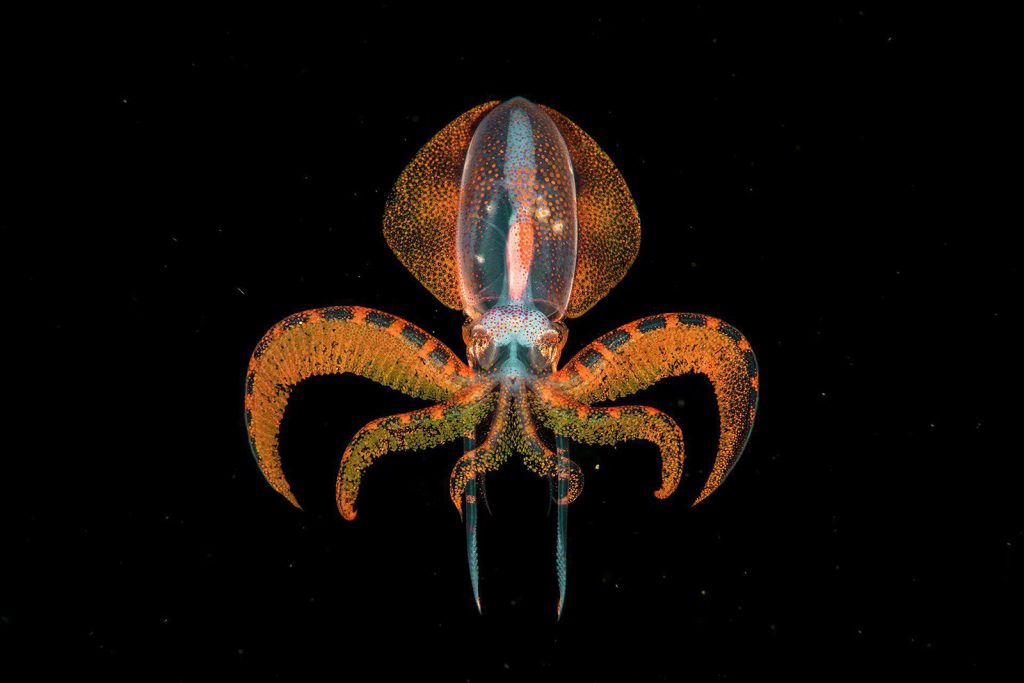
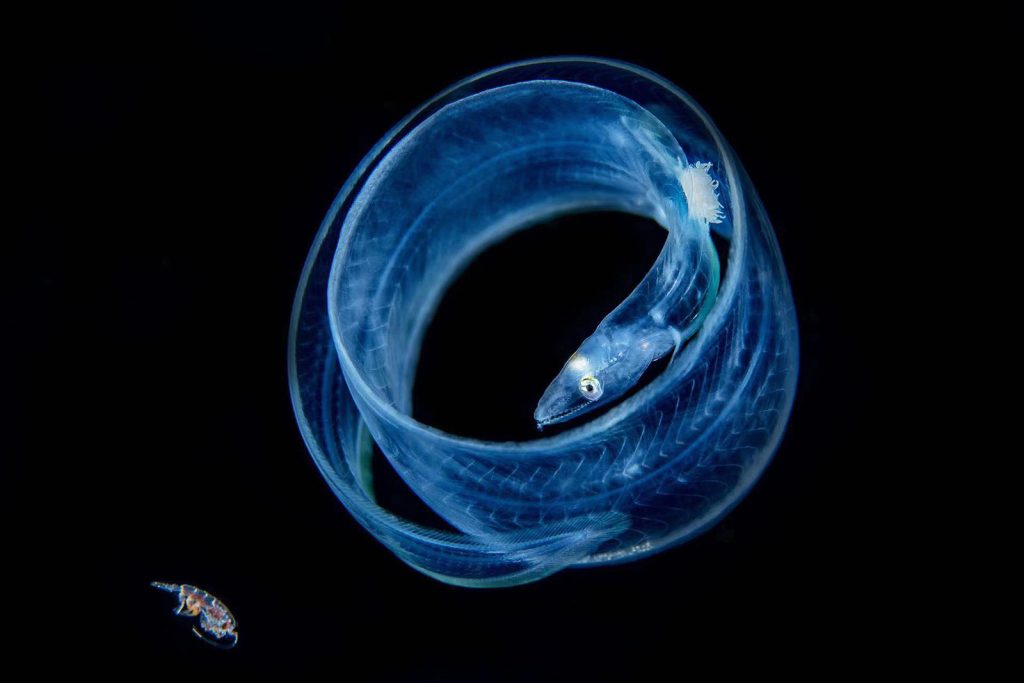
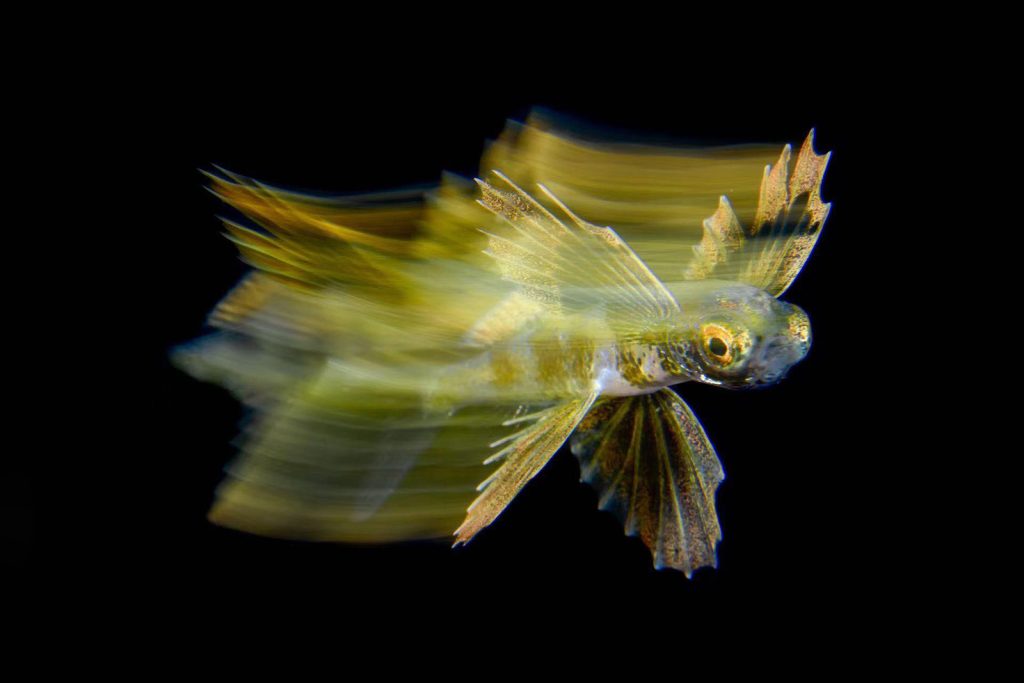
“Blackwater photography was exciting, especially to me, since it was a risk to go to sea and dive at night where only madmen went; we could not know what challenges we would meet. We have had several close calls, especially with unforeseen currents, but after a couple of years, our experience has given us the confidence we need. We make about five hundred dives a year.“
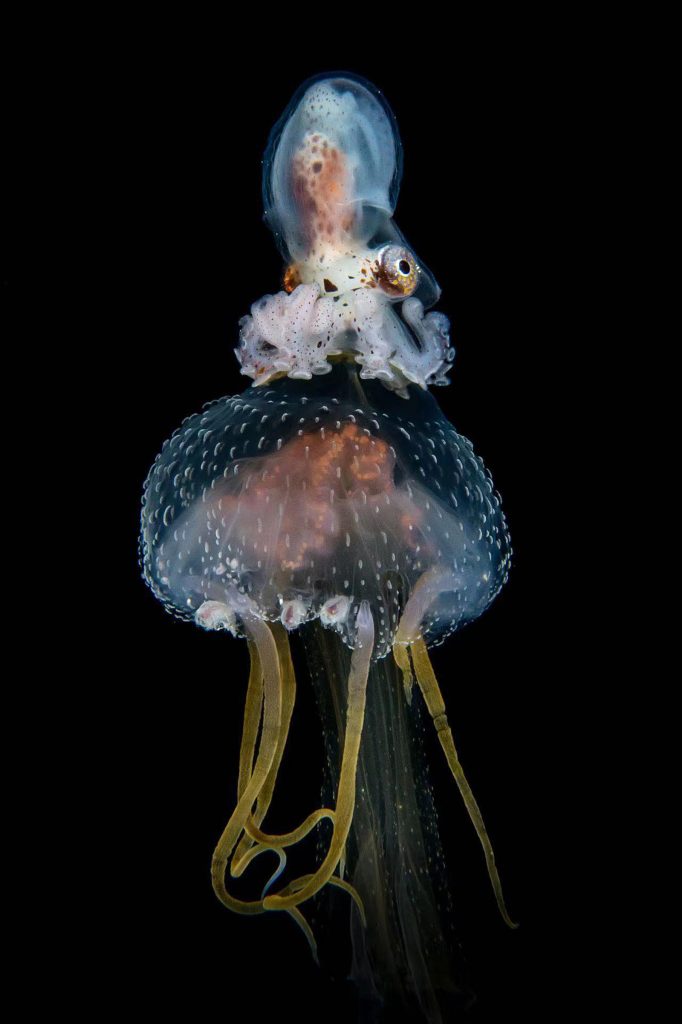
“If you want to try Blackwater photography always respect nature. Never go to sea when there are strong winds and waves. Try it only after you have the experience of at least 200 dives. Find a qualified dive shop. Beginners, be sure to follow your buddy for the first time, and let the distance from the light be no more than 20 m/66 ft. Take a look at your diving computer once in a while during the shooting. Safety first.”
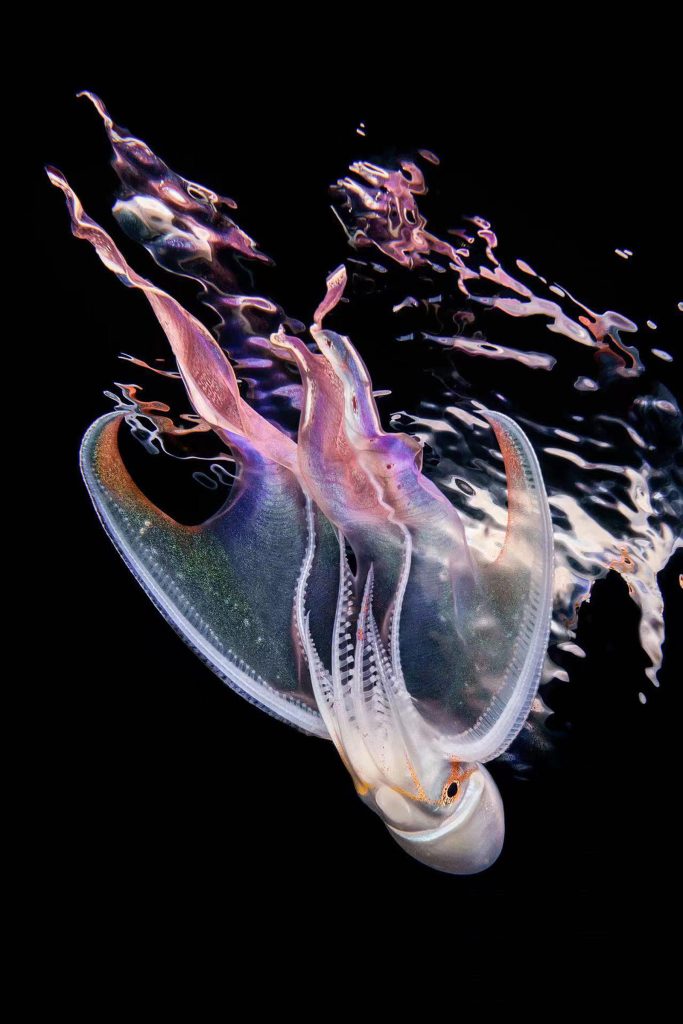
You can find Wowie’s work here: Photography SCai
How were Blackwater dives conducted in the early pre-tech days of scuba? Here’s an “Off Line” report from famed photographer Chris Newbert, from aquaCORPS #2 SOLO. Tekkies, don’t try this at home!
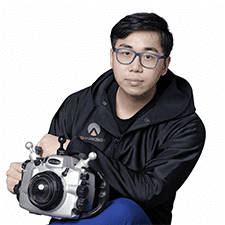
Songda Cai aka Wowie has won numerous awards in various international photography competitions including the prestigious NHM Wildlife photographer of the year and Windland Smith Rice Nature’s Best Photography . His works have been published in countless magazines , books, including the Smithsonian Museum in Washington USA, Natural History Museum in London, Museum Koenig in Germany, Natuur Museum in Netherland and Venice, Italy. His Photographs have been reported by Chinese and International media channels.
Though many have indulged in black water photography, no one does it with more gusto than Cai. It is not uncommon for him to dive through the night to the wee hours of early morning. This dogged enthusiasm has paid off tremendously with awards and recognition by his peers. In his words, “Being able to explore the depths of the ocean is one of the most wonderful experiences in life.”

